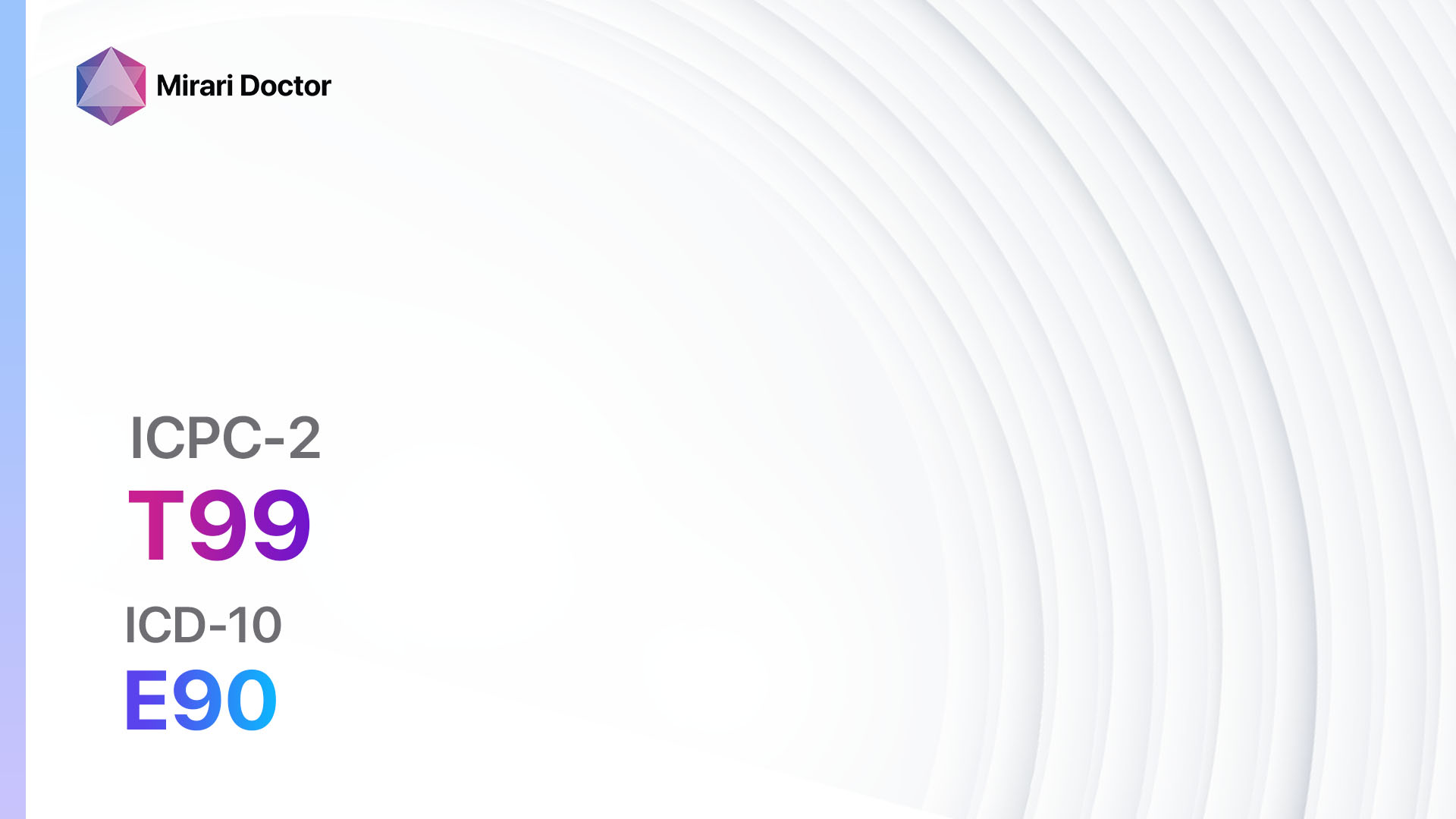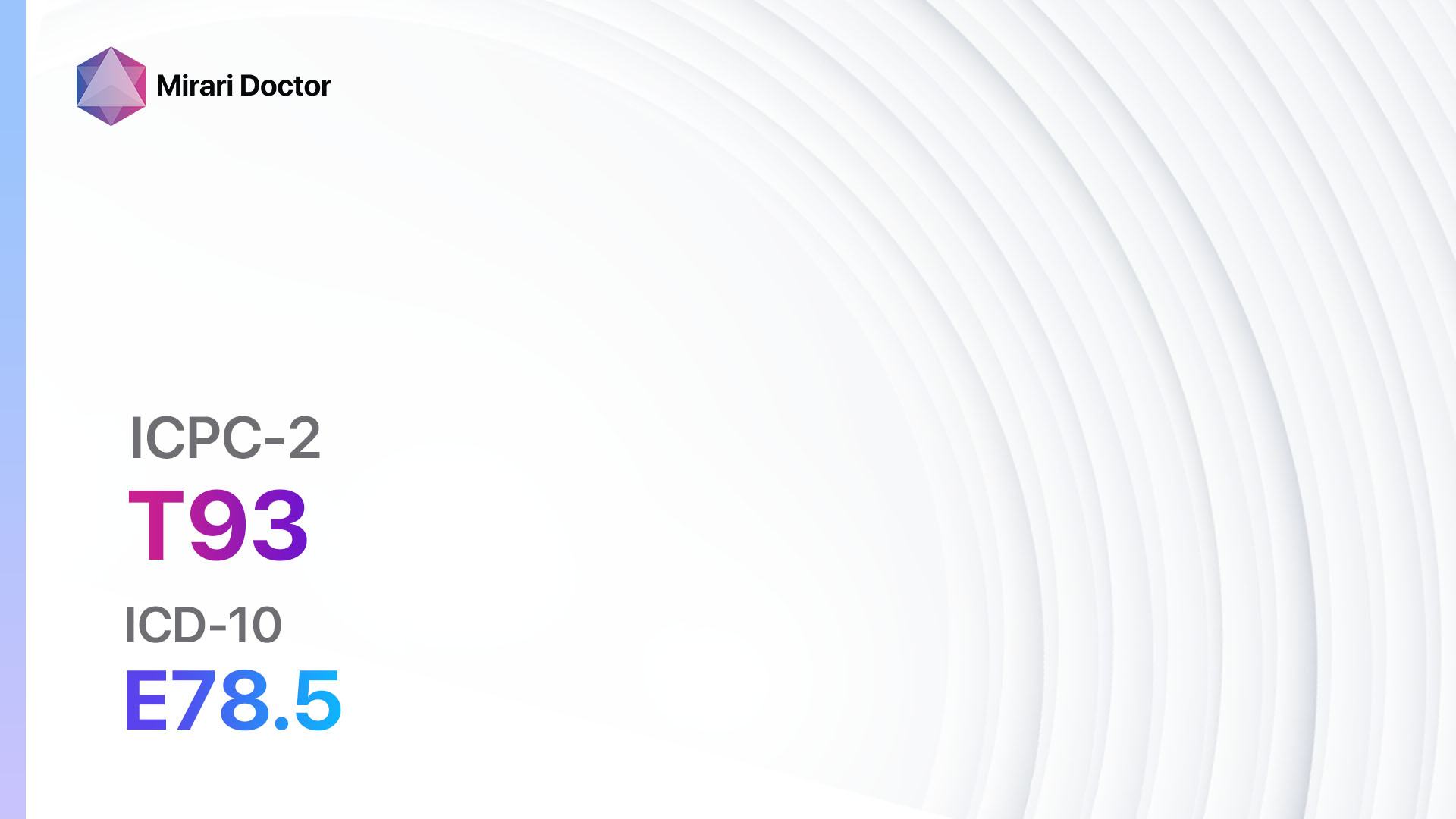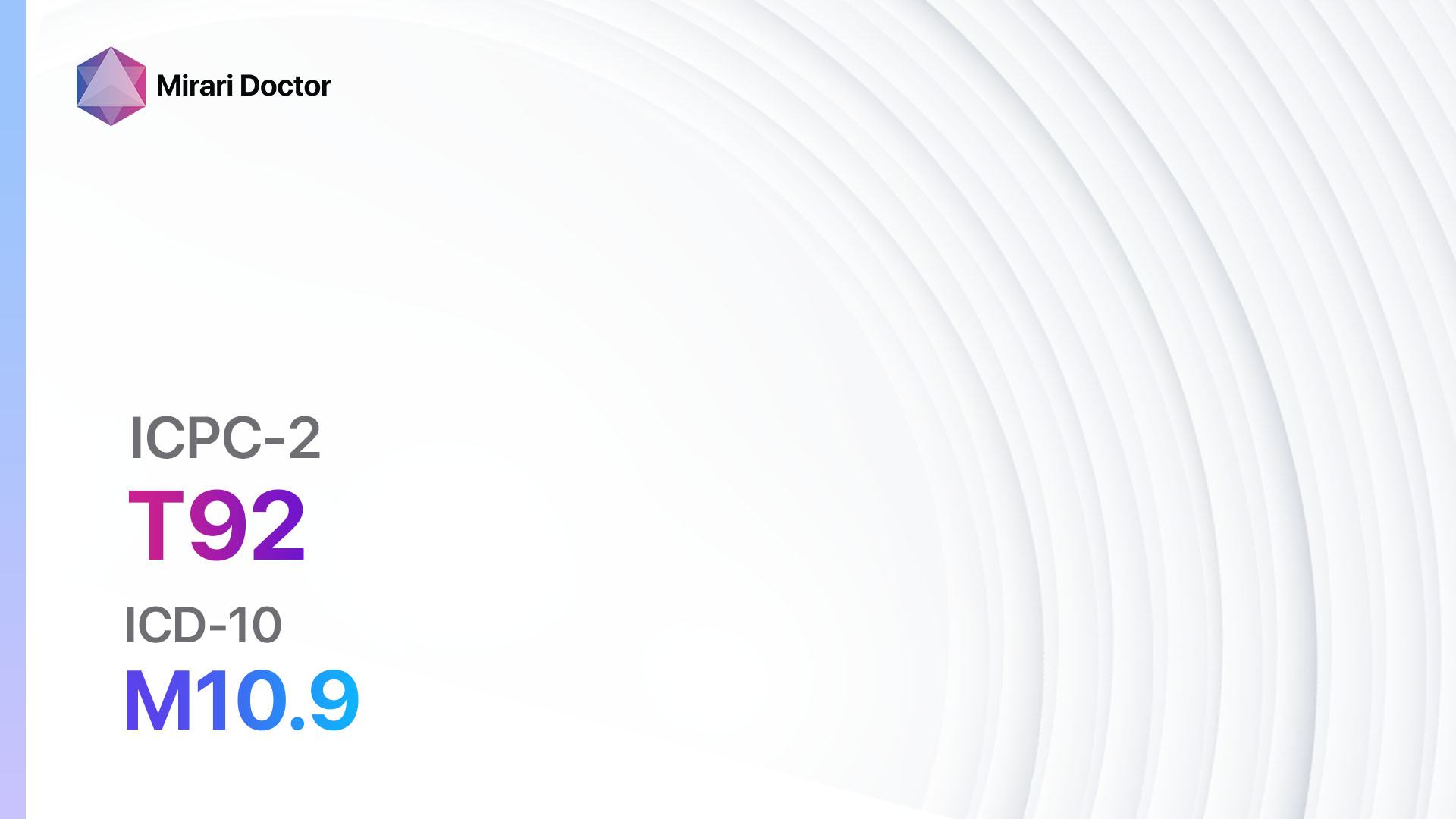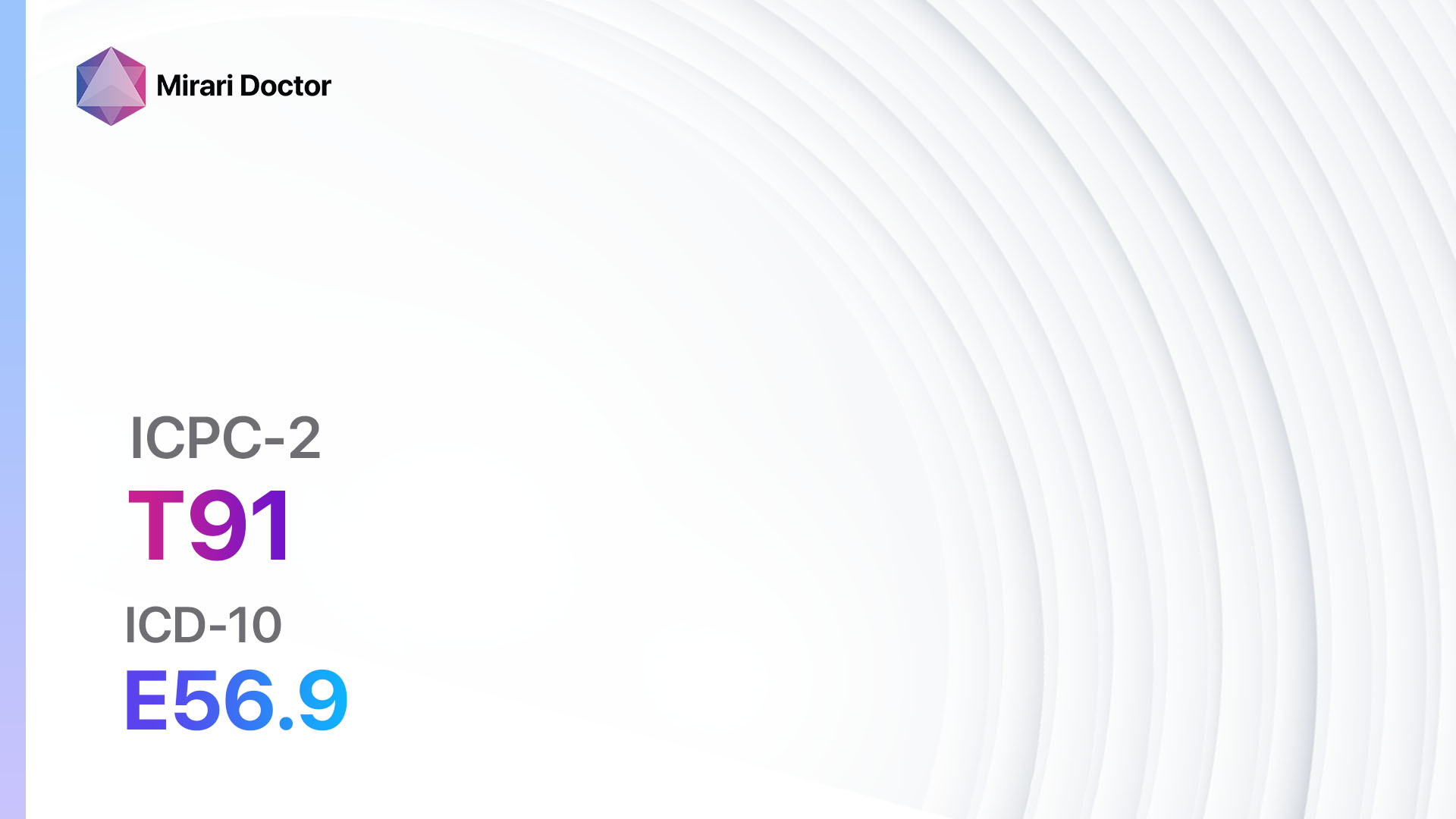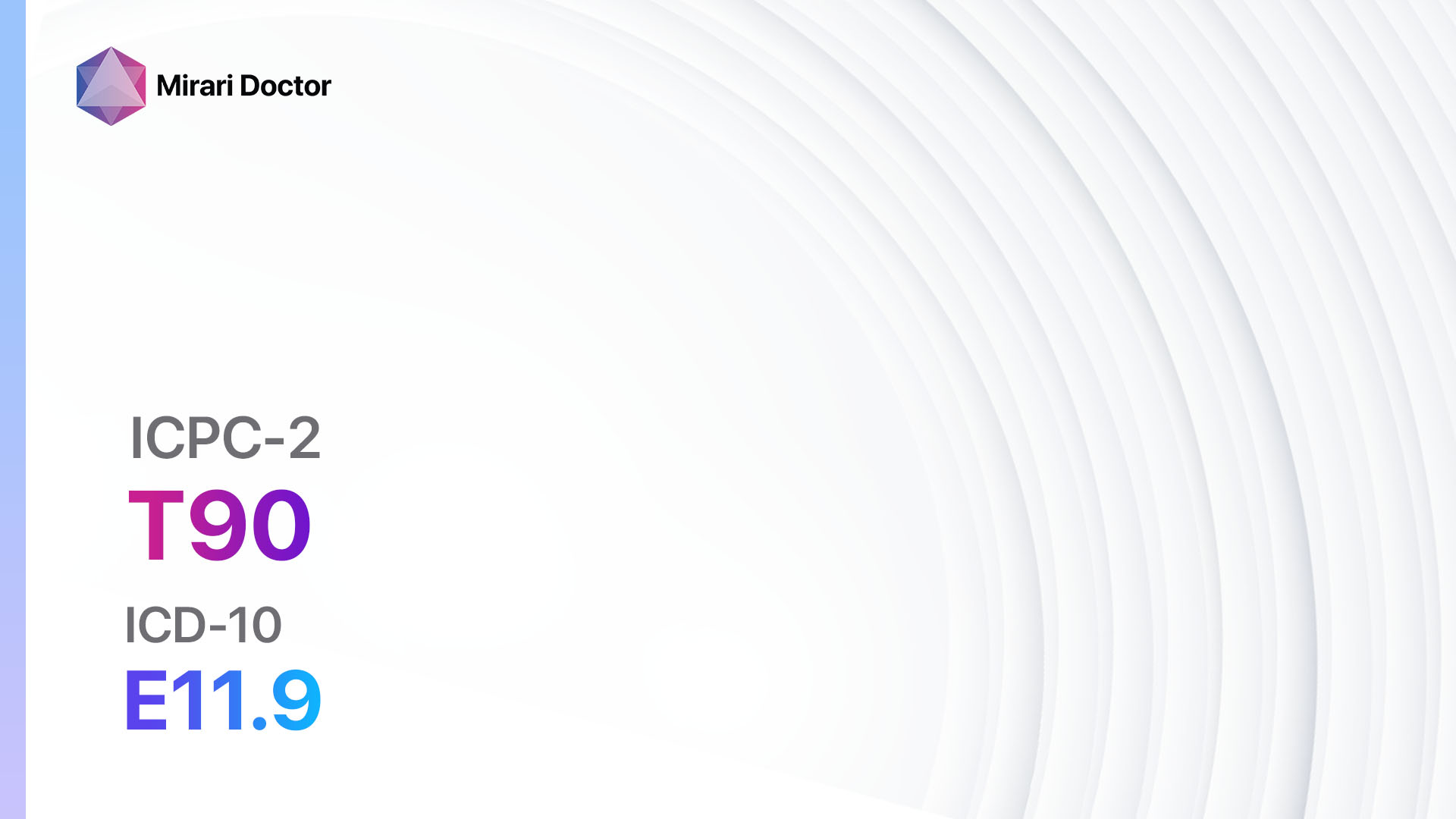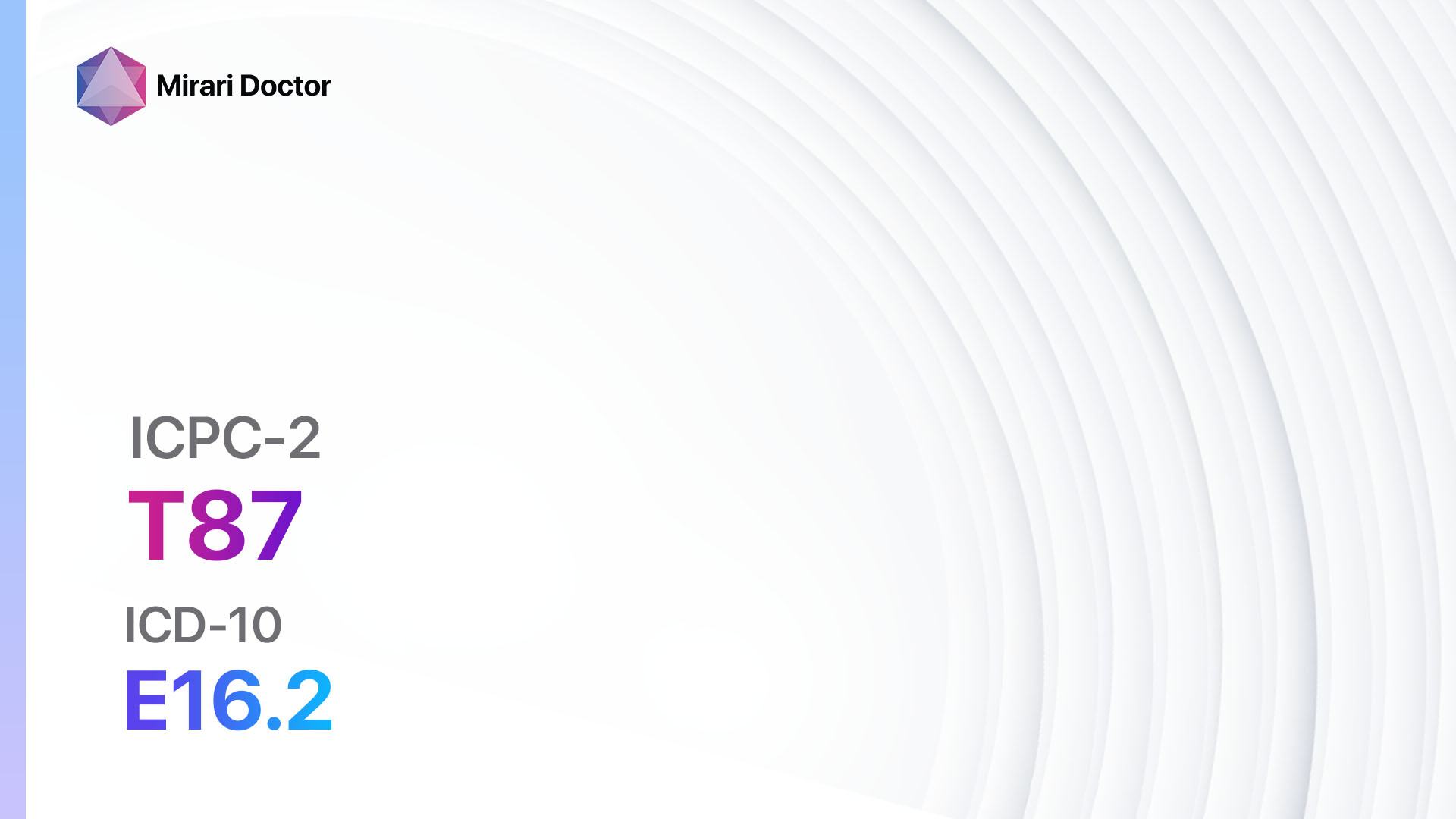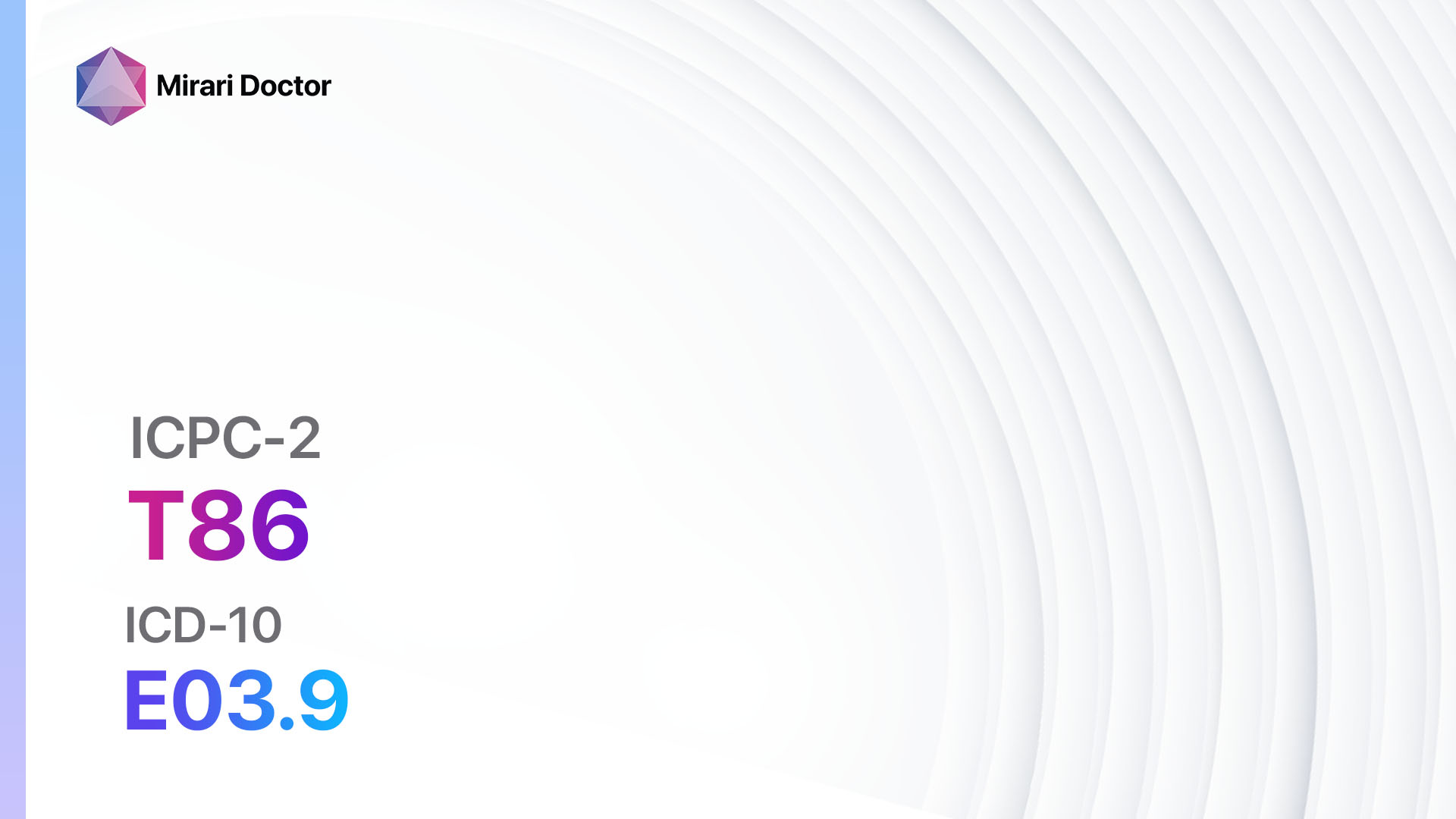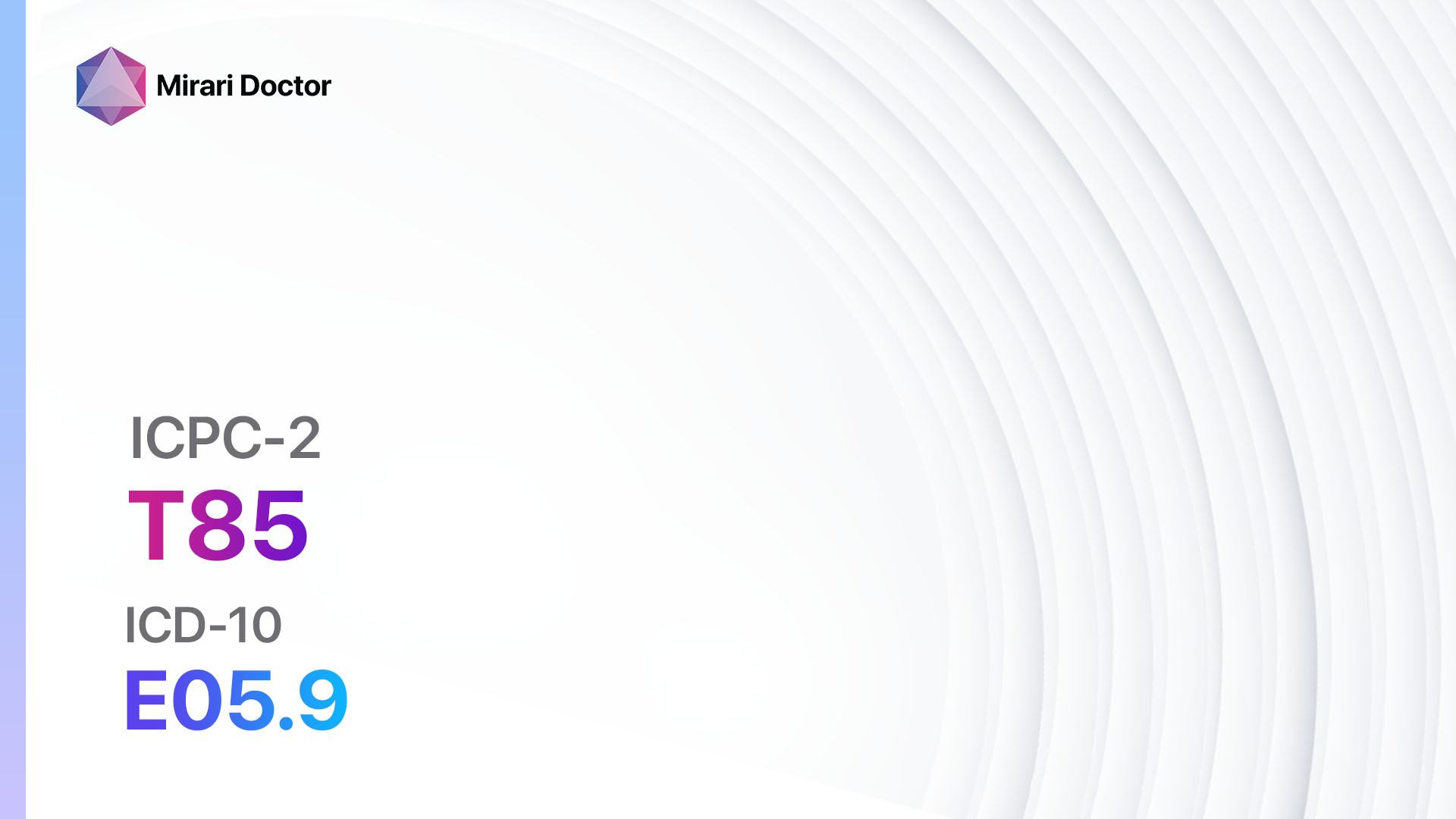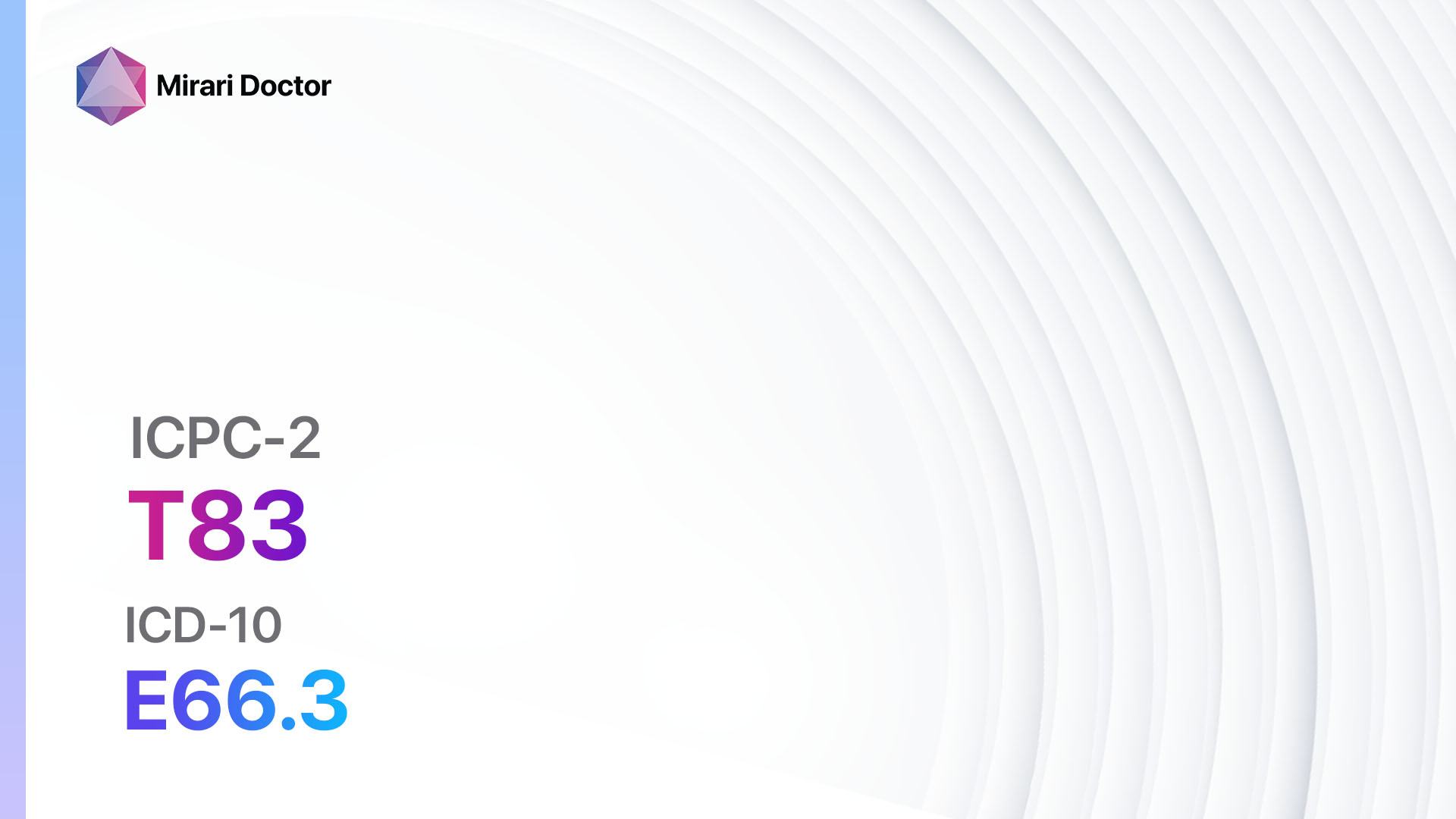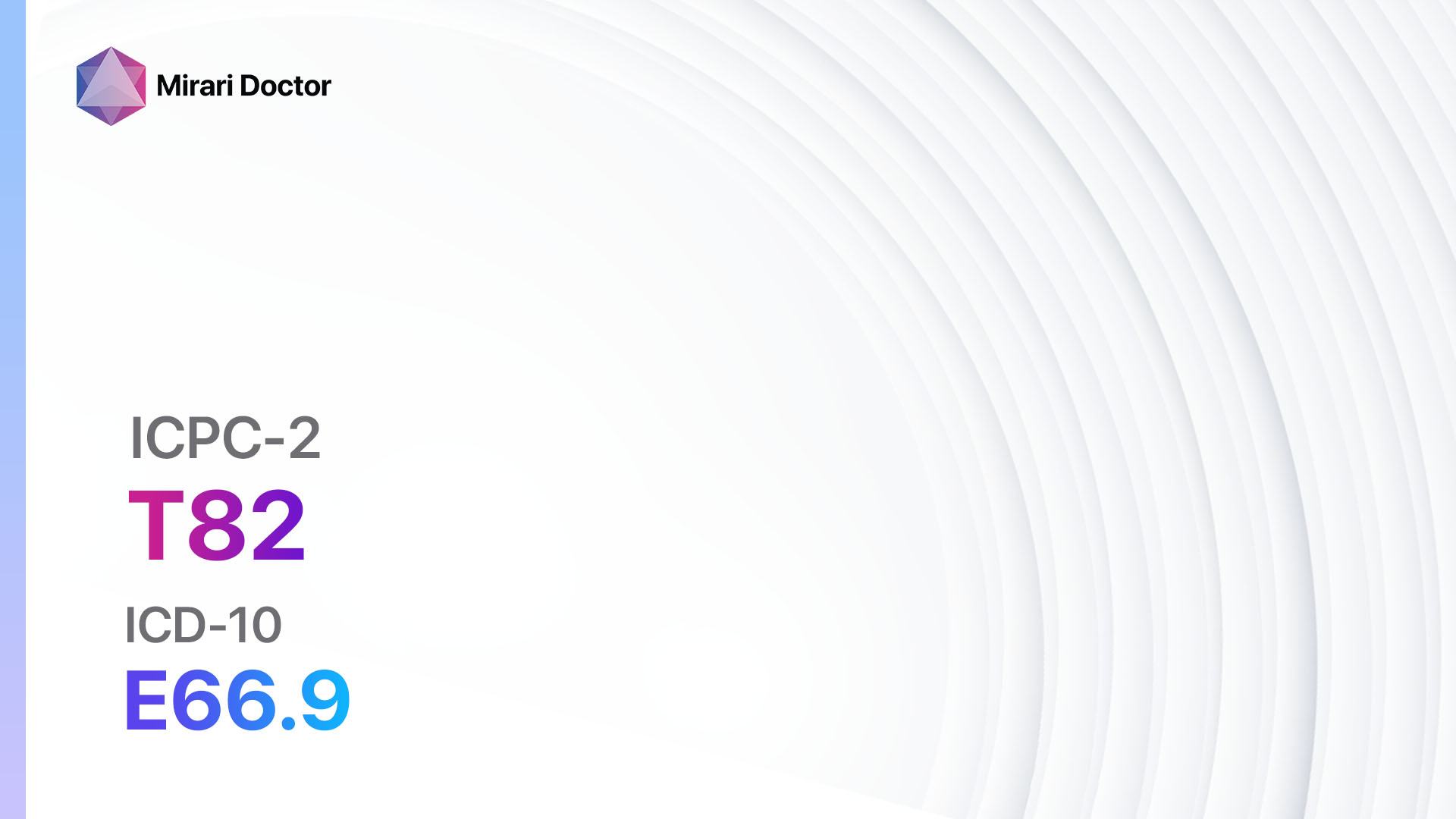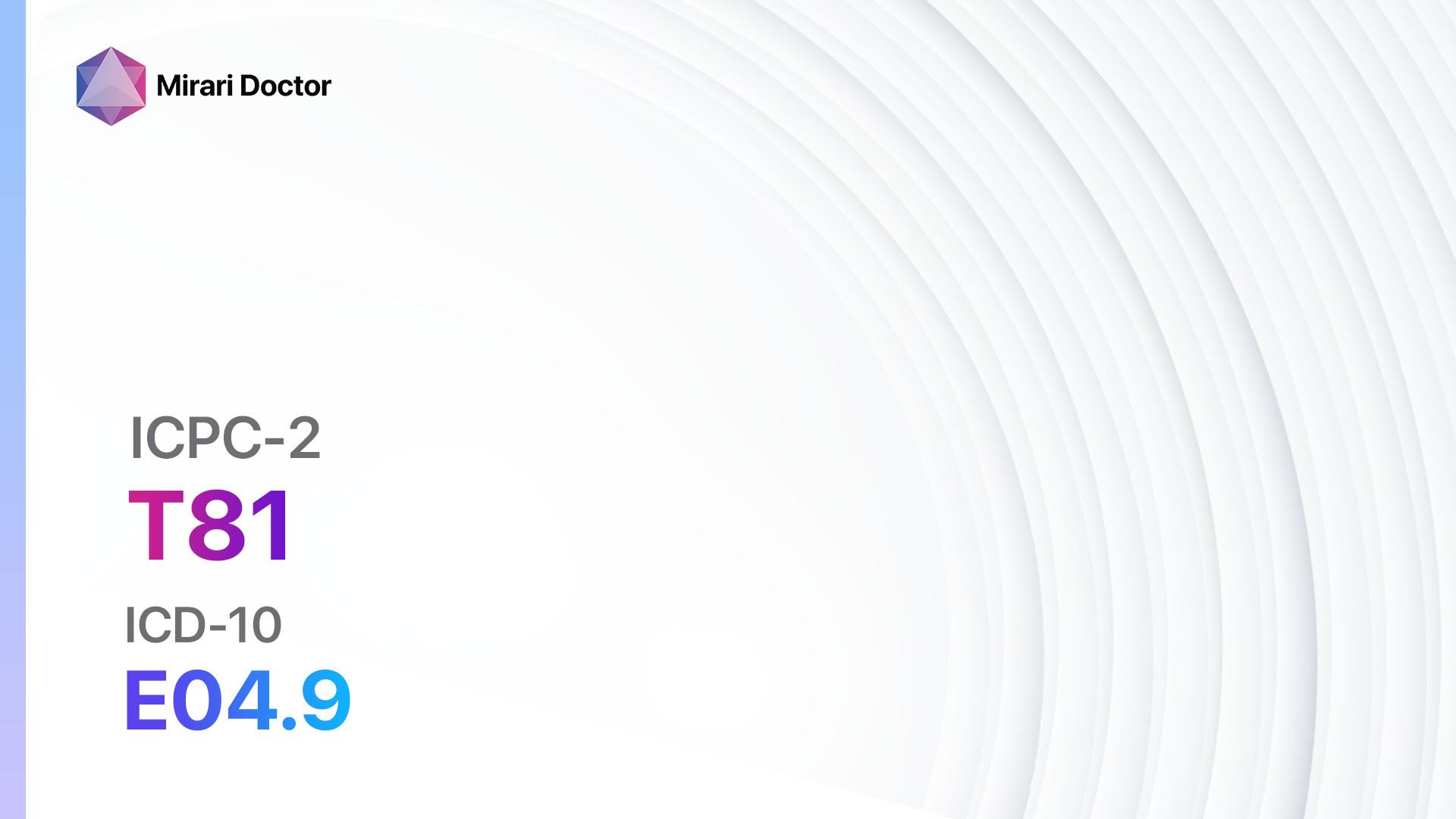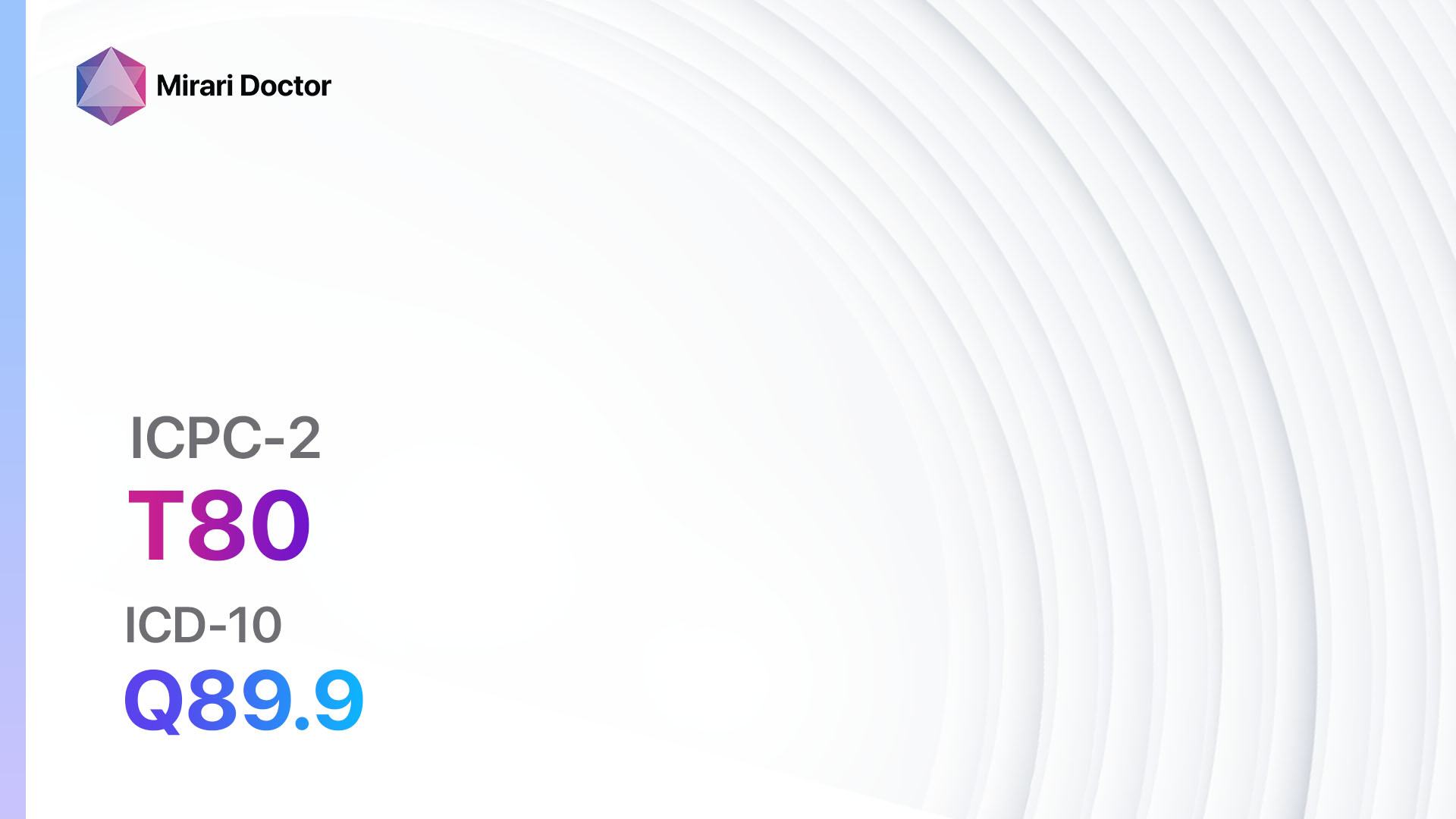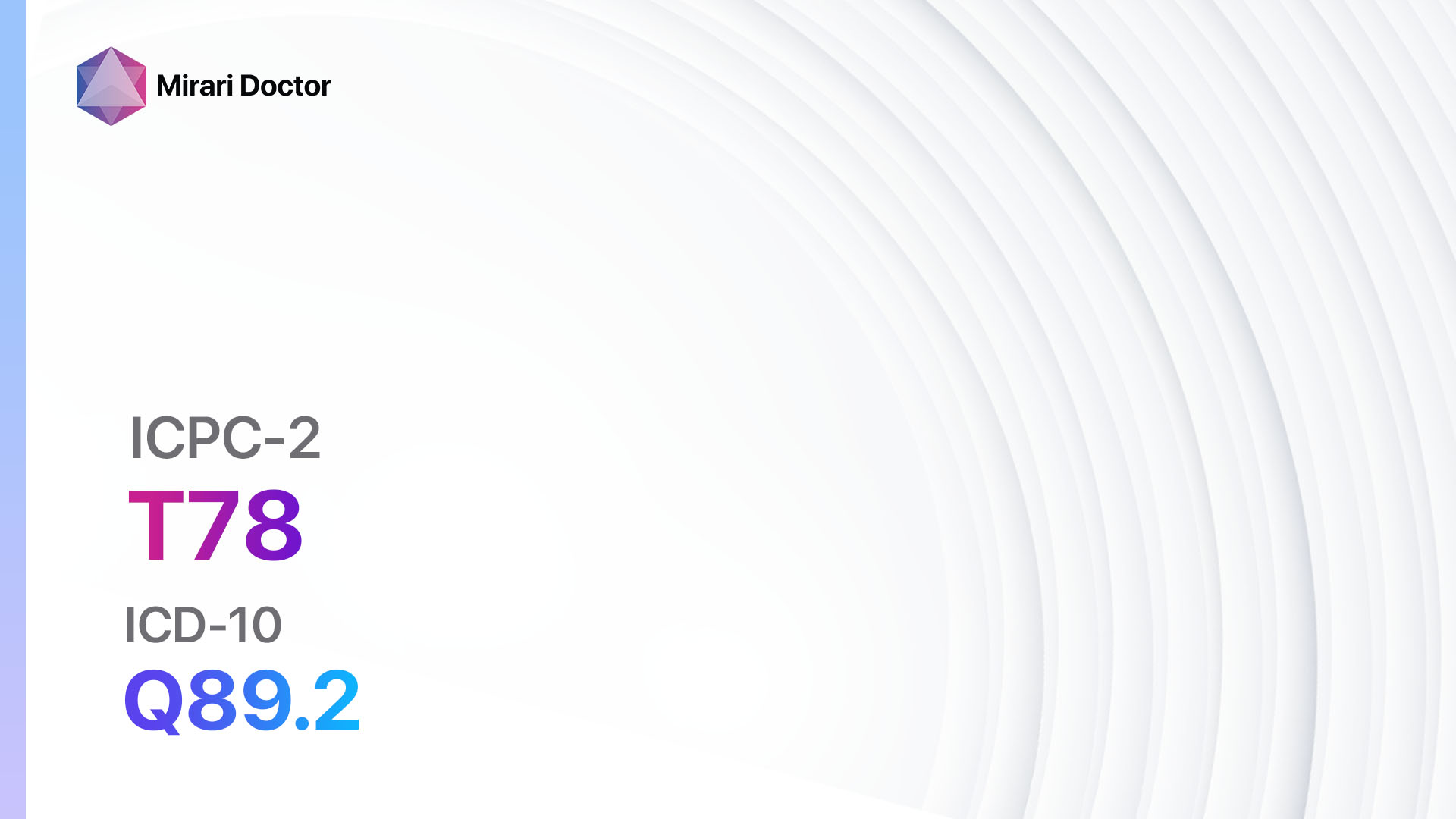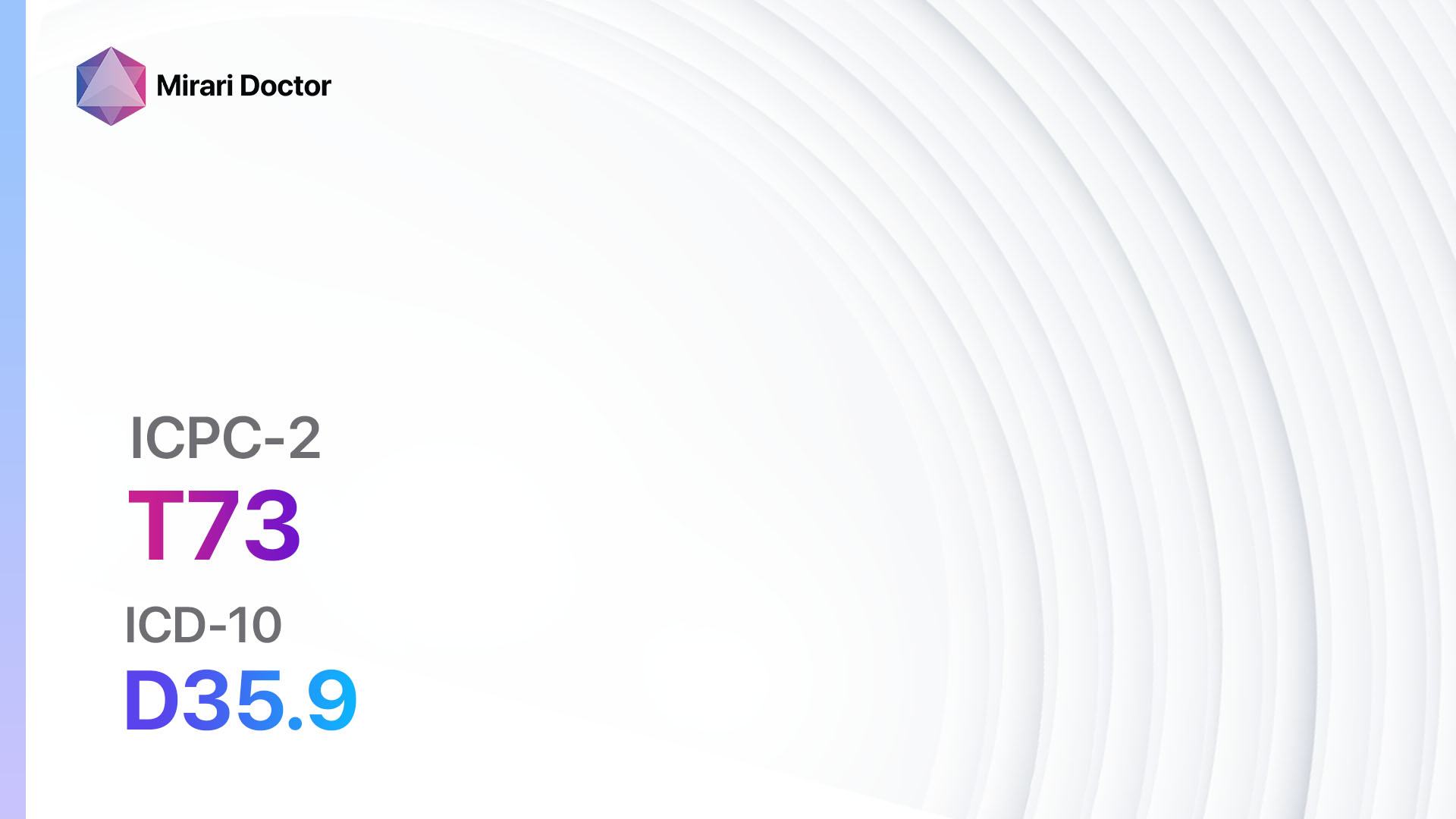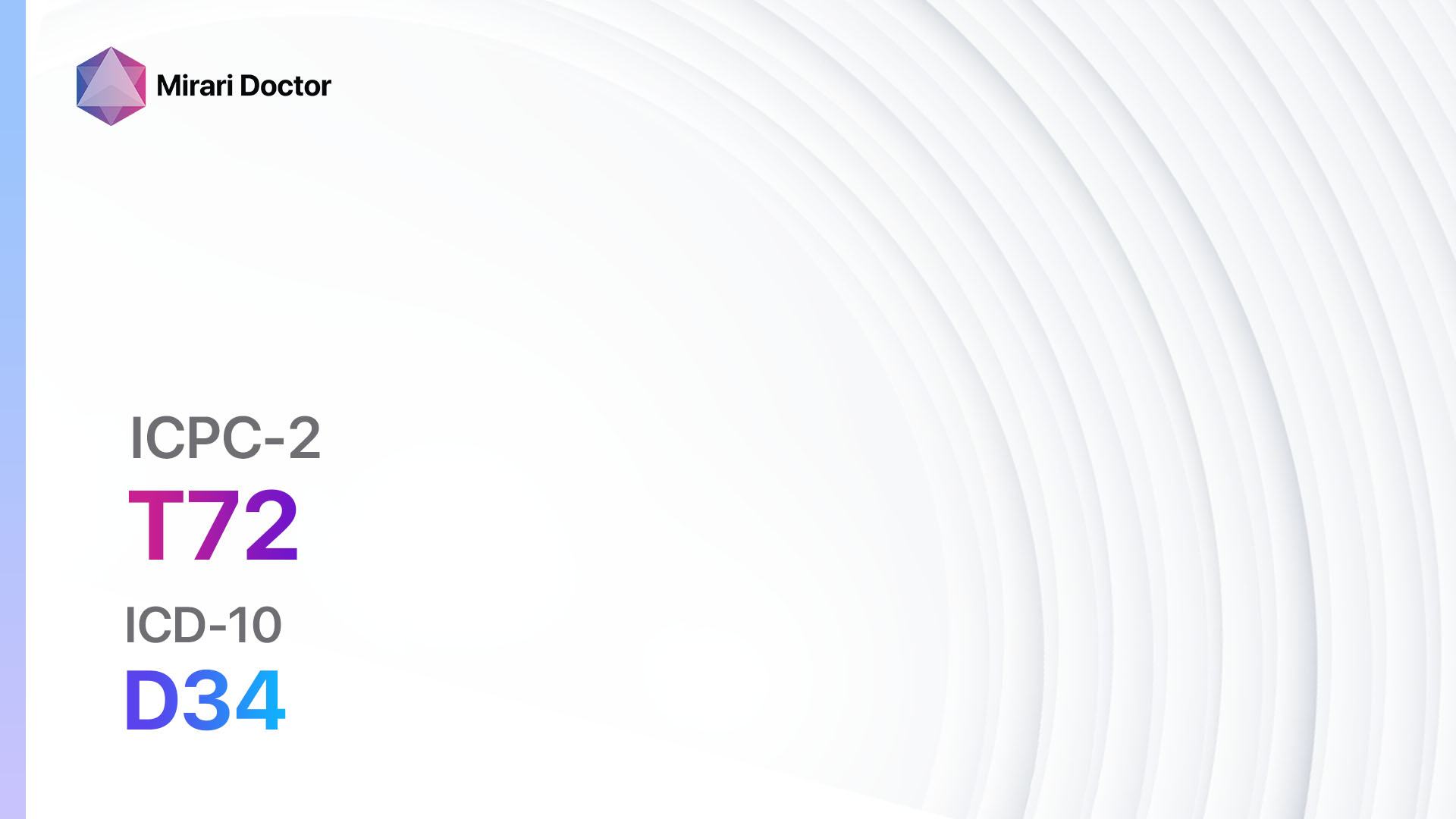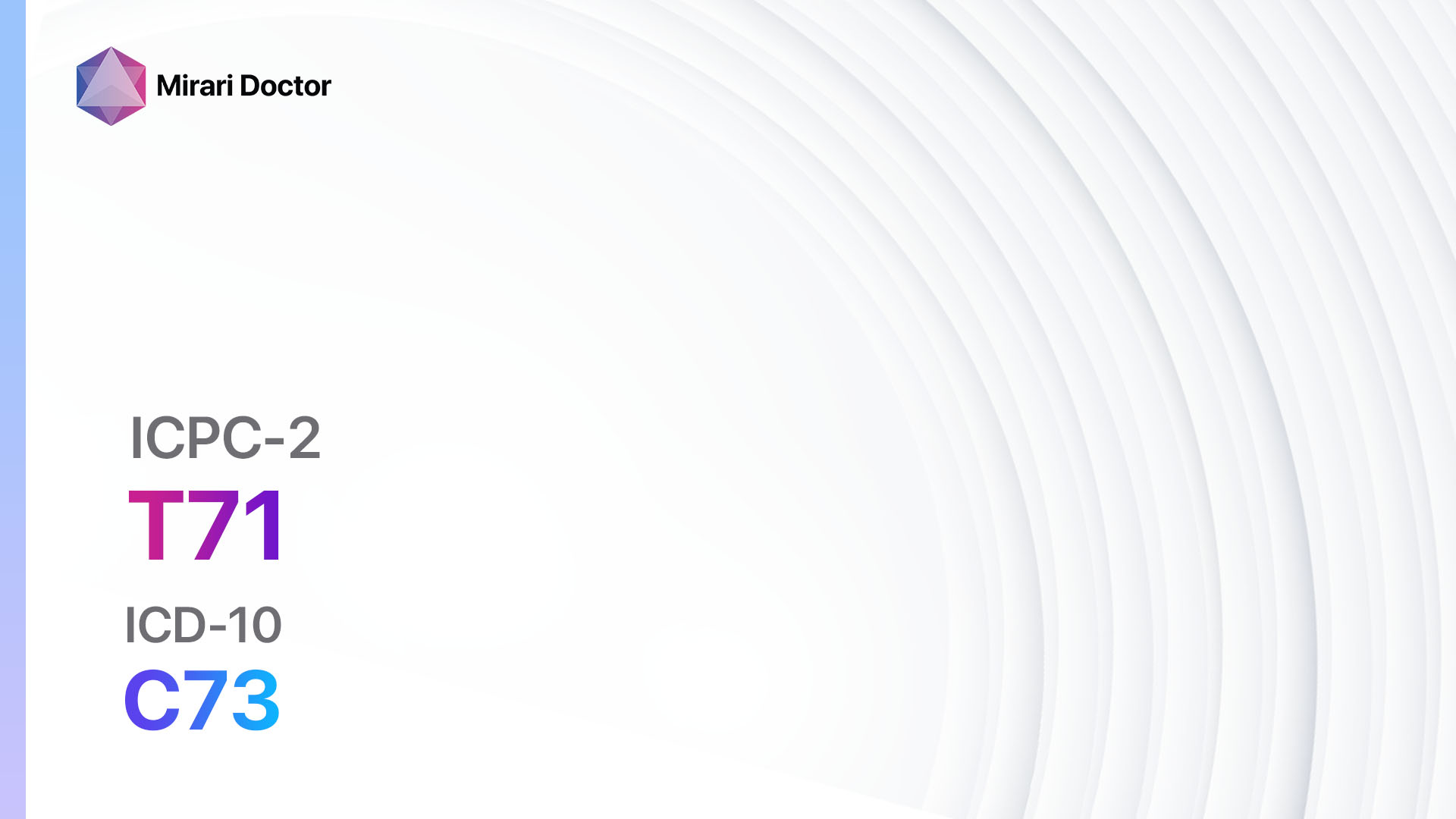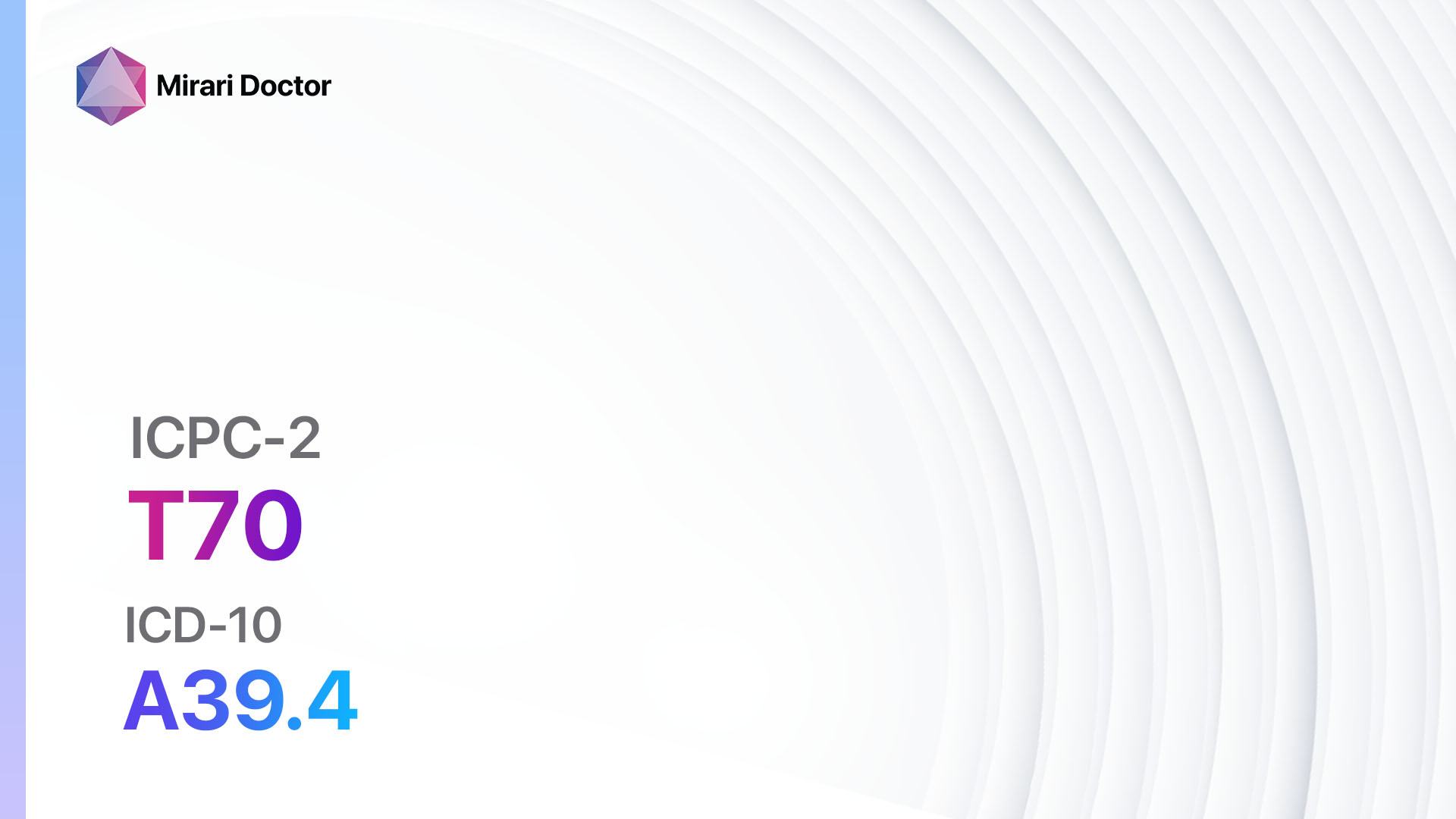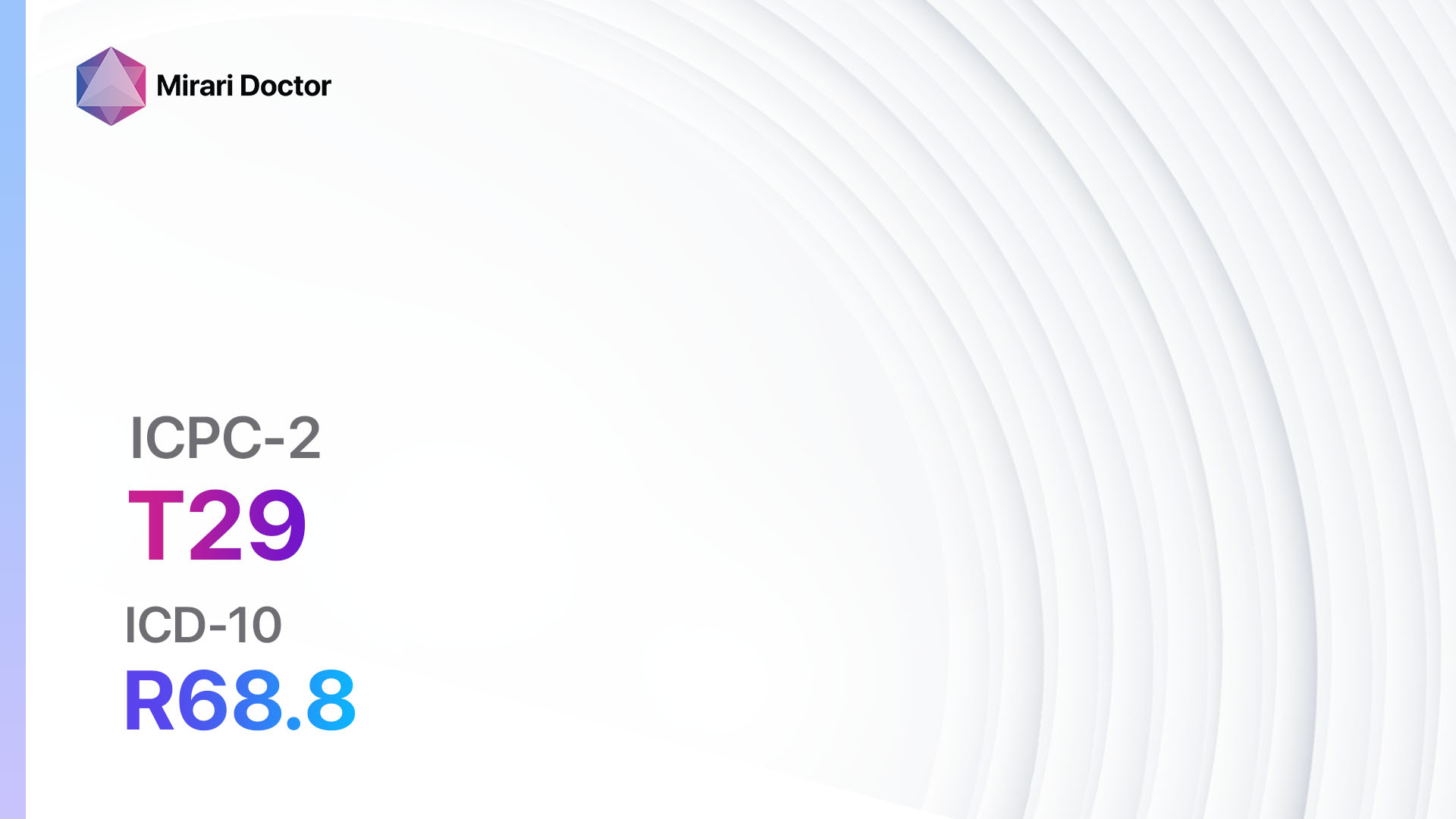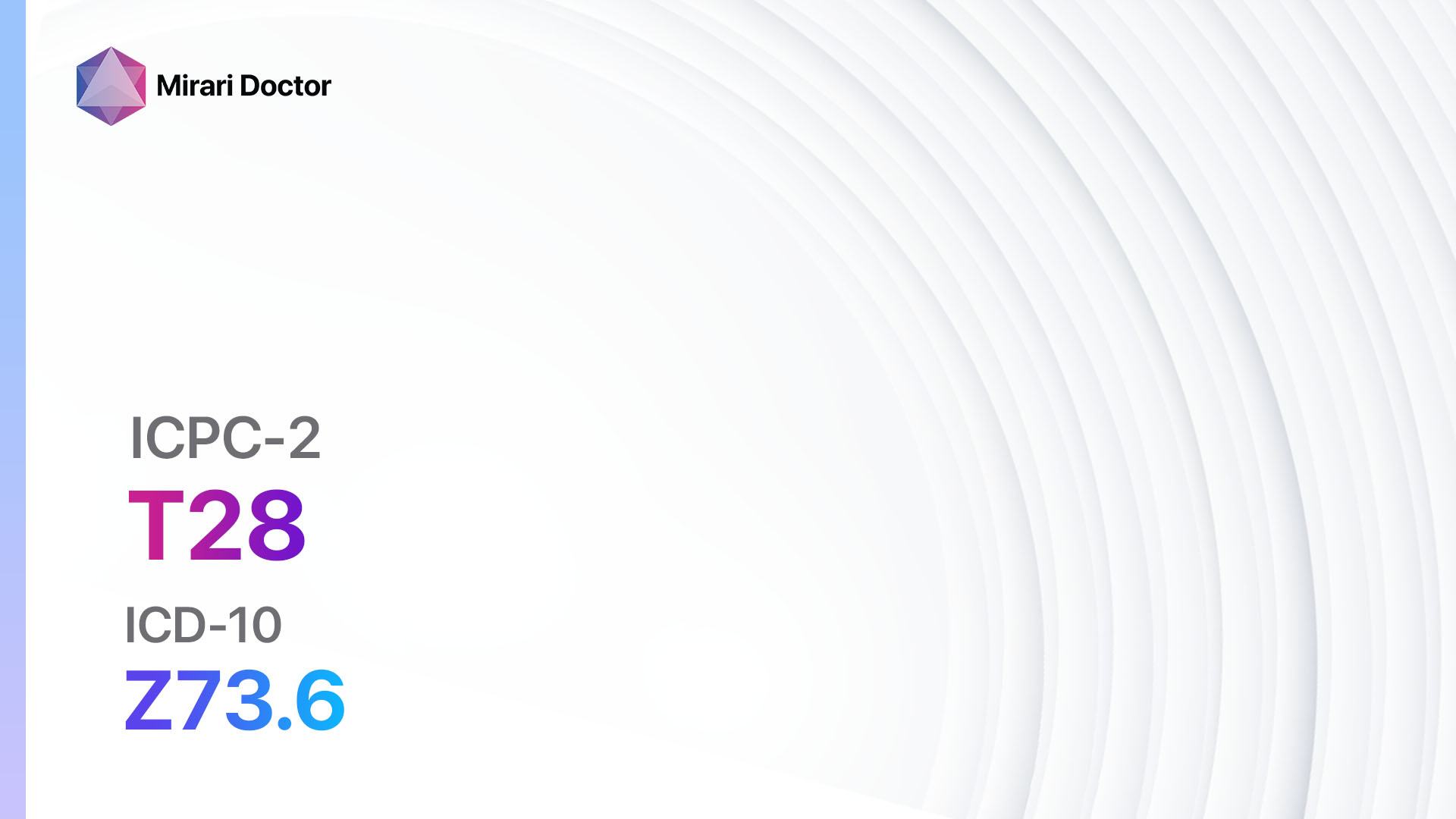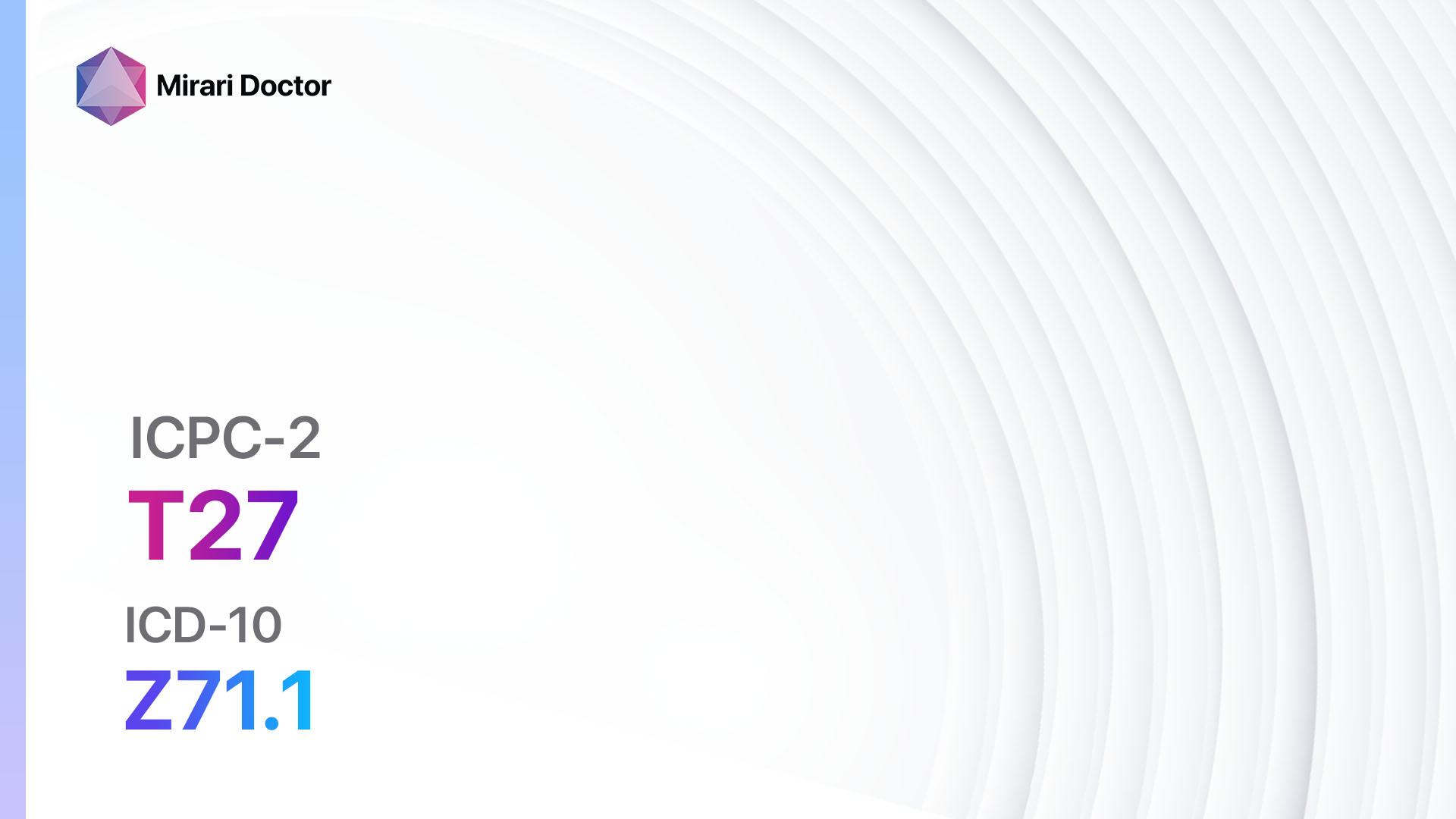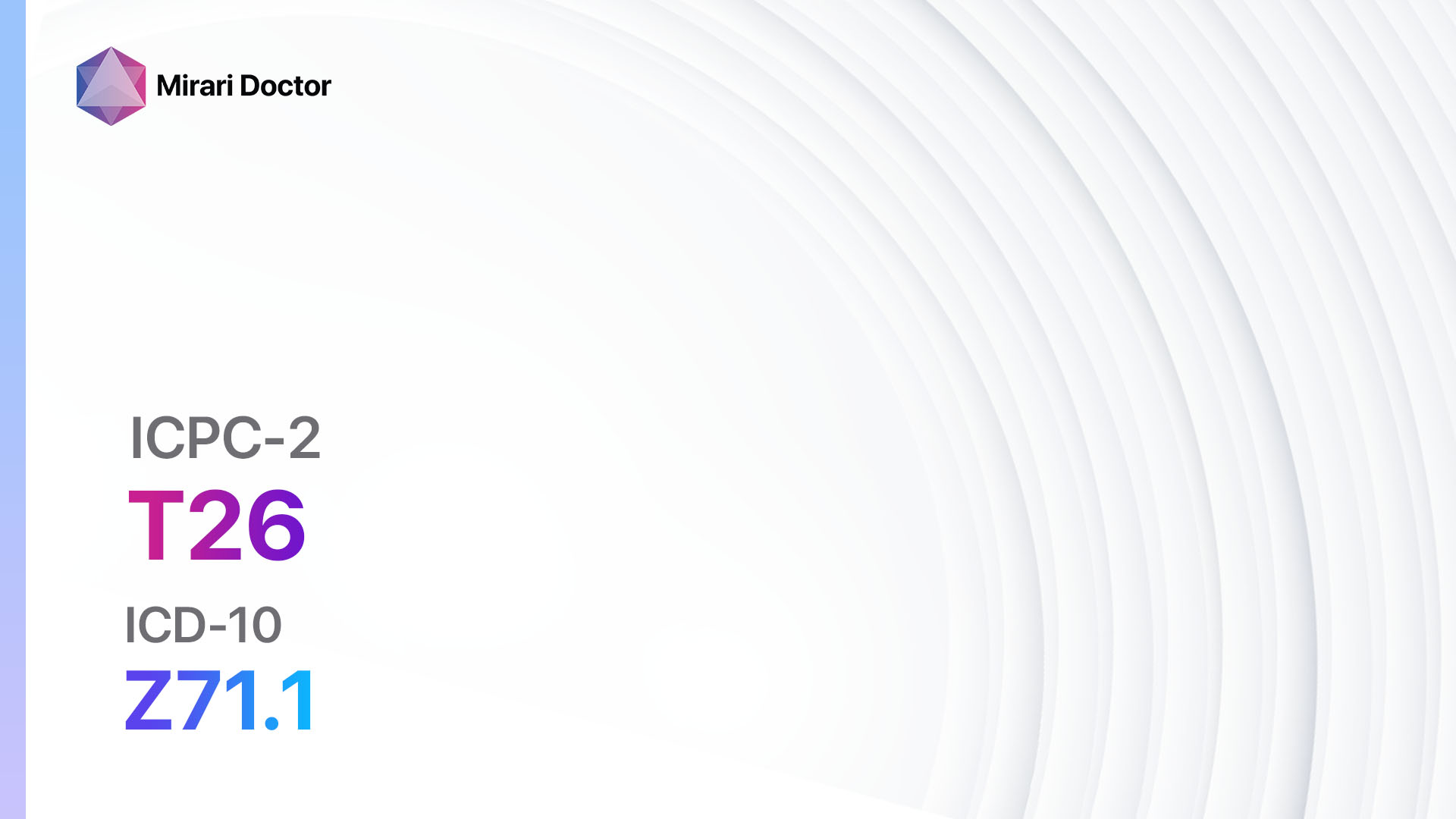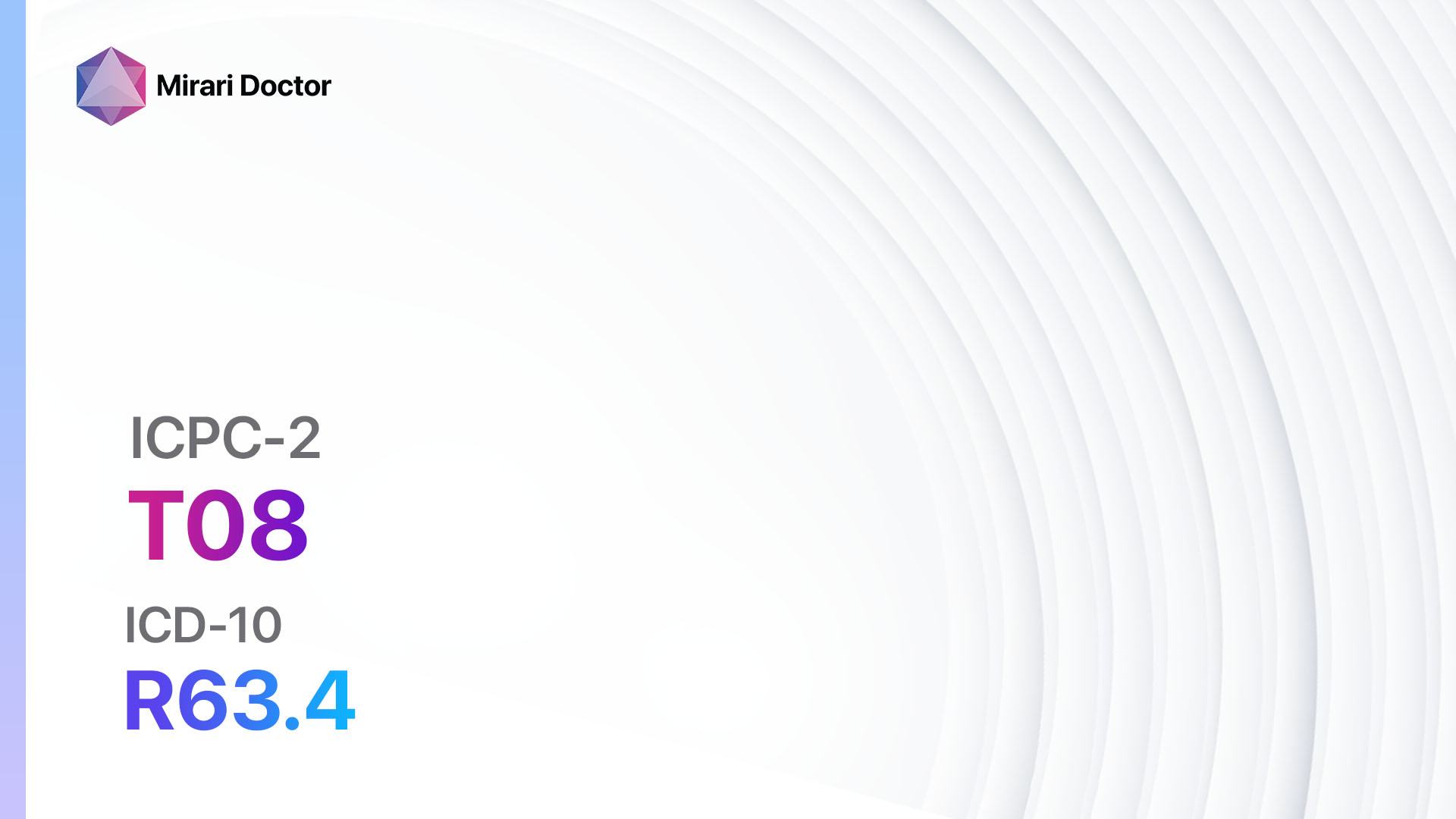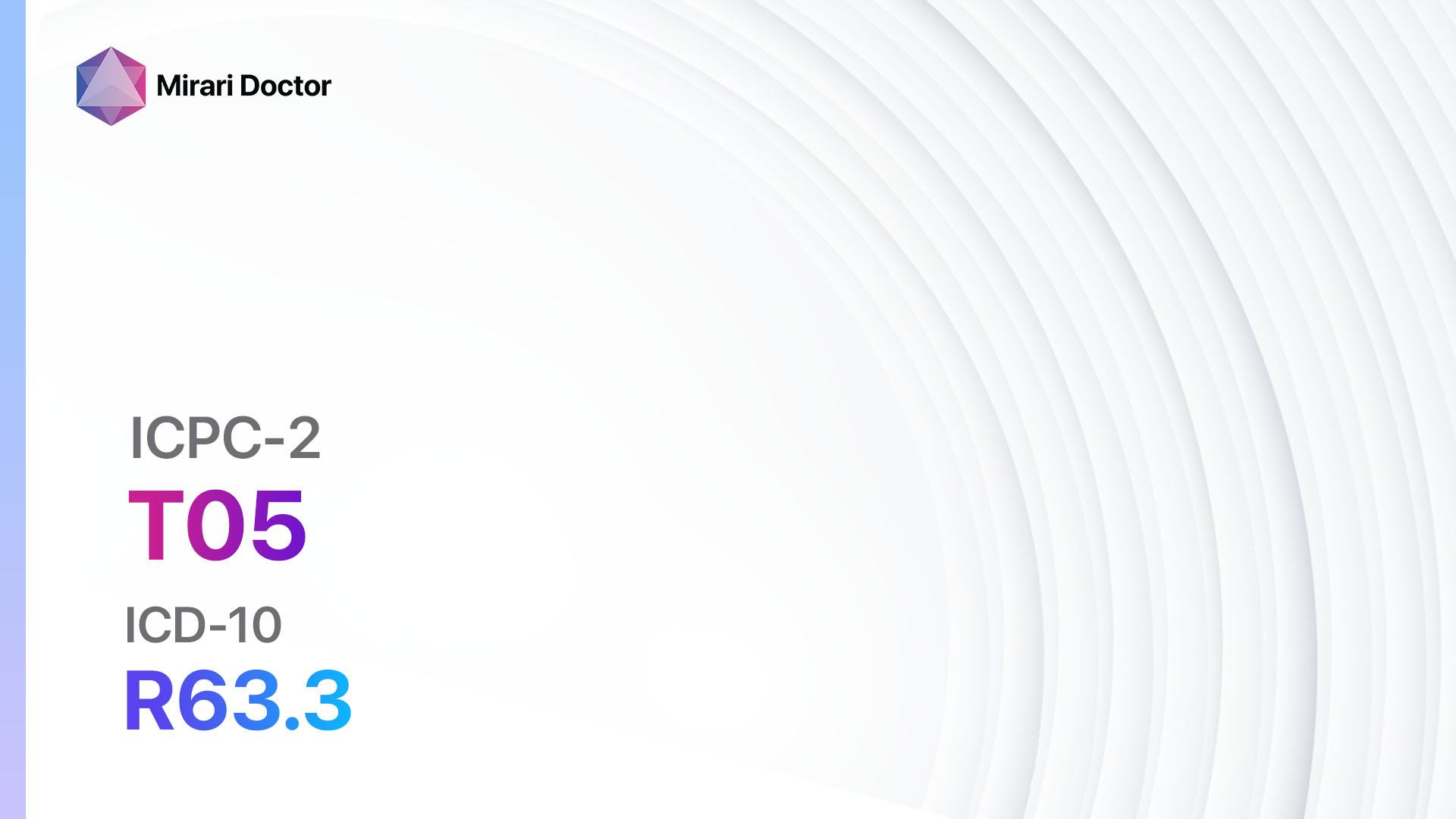
Introduction
Feeding problems in adults can significantly impact their overall health and quality of life[1]. These problems can arise from various causes, including physical, psychological, or social factors[2]. The aim of this guide is to provide healthcare professionals with a comprehensive approach to diagnosing and managing feeding problems in adults.
Codes
- ICPC-2 Code: T05 Feeding problem of adult[3]
- ICD-10 Code: R63.3 Feeding difficulties and mismanagement[4]
Symptoms
- Difficulty swallowing (dysphagia): This can include pain or discomfort while swallowing, the sensation of food getting stuck in the throat, or coughing or choking during meals[5].
- Reduced appetite or aversion to certain foods: Adults with feeding problems may experience a loss of appetite or have a strong dislike for certain foods[6].
- Weight loss or malnutrition: Feeding problems can lead to unintentional weight loss or malnutrition due to inadequate intake of nutrients[7].
Causes
- Physical causes:
- Gastrointestinal disorders: Conditions such as gastroesophageal reflux disease (GERD), esophageal strictures, or motility disorders can contribute to feeding problems[8].
- Neurological disorders: Stroke, Parkinson’s disease, multiple sclerosis, or other conditions that affect the nerves and muscles involved in swallowing can lead to dysphagia[9].
- Structural abnormalities: Tumors, strictures, or other abnormalities in the throat or esophagus can cause difficulty swallowing[10].
- Psychological causes:
- Anxiety or depression: Mental health conditions can affect appetite and lead to aversions or difficulties with eating.
- Eating disorders: Conditions such as anorexia nervosa or bulimia can cause feeding problems in adults.
- Social causes:
- Social isolation: Lack of social interaction during meals can contribute to feeding problems.
- Cultural or religious factors: Dietary restrictions or preferences based on cultural or religious beliefs can impact feeding habits.
Diagnostic Steps
Medical History
- Gather information about the patient’s feeding habits, including any changes in appetite, food aversions, or difficulties with swallowing.
- Inquire about the duration and progression of symptoms.
- Assess the patient’s medical history, including any underlying conditions or medications that may contribute to feeding problems.
- Evaluate the patient’s psychological well-being and inquire about any history of mental health conditions or eating disorders.
Physical Examination
- Perform a thorough examination of the oral cavity, throat, and neck to assess for any structural abnormalities or signs of inflammation.
- Check for signs of malnutrition, such as muscle wasting or dry skin.
- Assess the patient’s overall neurological function, including muscle strength and coordination.
Laboratory Tests
- Complete blood count (CBC): To assess for signs of anemia or nutritional deficiencies.
- Electrolyte panel: To evaluate the patient’s fluid and electrolyte balance.
- Thyroid function tests: To rule out any underlying thyroid disorders that may contribute to feeding problems.
- Liver function tests: To assess liver health, as liver disease can impact appetite and digestion.
- Nutritional assessment: This may include measuring serum albumin, prealbumin, or other markers of nutritional status.
Diagnostic Imaging
- Barium swallow study: This imaging test involves swallowing a liquid containing barium, which allows for visualization of the esophagus and swallowing process.
- Endoscopy: A flexible tube with a camera is inserted through the mouth to visualize the throat, esophagus, and stomach.
- Esophageal manometry: This test measures the pressure and coordination of the muscles in the esophagus during swallowing.
Other Tests
- Psychological evaluation: If psychological factors are suspected to contribute to feeding problems, a referral to a mental health professional may be necessary.
- Speech and language assessment: In cases of dysphagia, a speech-language pathologist can evaluate swallowing function and provide recommendations for therapy.
Follow-up and Patient Education
- Schedule regular follow-up appointments to monitor the patient’s progress and adjust treatment as needed.
- Provide education on dietary modifications, swallowing exercises, or other interventions recommended for the specific feeding problem.
- Offer support and resources for managing any underlying psychological or social factors contributing to the feeding problem.
Possible Interventions
Traditional Interventions
Medications:
Top 5 drugs for Feeding Problem of Adult:
- Prokinetic agents (e.g., Metoclopramide, Domperidone):
- Cost: Generic versions can be $10-$50/month.
- Contraindications: History of gastrointestinal bleeding, Parkinson’s disease.
- Side effects: Drowsiness, restlessness, gastrointestinal disturbances.
- Severe side effects: Tardive dyskinesia, neuroleptic malignant syndrome.
- Drug interactions: Antipsychotics, certain antidepressants.
- Warning: Long-term use may increase the risk of side effects.
- Proton pump inhibitors (e.g., Omeprazole, Pantoprazole):
- Cost: Generic versions can be $10-$50/month.
- Contraindications: Hypersensitivity to proton pump inhibitors.
- Side effects: Headache, diarrhea, abdominal pain.
- Severe side effects: Increased risk of fractures, Clostridium difficile infection.
- Drug interactions: Clopidogrel, certain antifungal medications.
- Warning: Long-term use may increase the risk of certain nutrient deficiencies.
- Antidepressants (e.g., Sertraline, Escitalopram):
- Cost: Generic versions can be $10-$50/month.
- Contraindications: Hypersensitivity to antidepressants, recent myocardial infarction.
- Side effects: Nausea, dizziness, sexual dysfunction.
- Severe side effects: Suicidal thoughts, serotonin syndrome.
- Drug interactions: Monoamine oxidase inhibitors, certain pain medications.
- Warning: Close monitoring for worsening depression or suicidal thoughts.
- Anxiolytics (e.g., Lorazepam, Alprazolam):
- Cost: Generic versions can be $10-$50/month.
- Contraindications: Hypersensitivity to benzodiazepines, severe respiratory insufficiency.
- Side effects: Sedation, dizziness, confusion.
- Severe side effects: Respiratory depression, dependence.
- Drug interactions: Opioids, certain antifungal medications.
- Warning: Risk of dependence and withdrawal symptoms with long-term use.
- Appetite stimulants (e.g., Megestrol, Dronabinol):
- Cost: Generic versions can be $10-$50/month.
- Contraindications: Hypersensitivity to appetite stimulants, history of thromboembolic disorders.
- Side effects: Weight gain, fluid retention, increased appetite.
- Severe side effects: Hyperglycemia, adrenal suppression.
- Drug interactions: Warfarin, certain antifungal medications.
- Warning: Monitor for signs of hyperglycemia and adrenal suppression.
Alternative Drugs:
- Digestive enzymes (e.g., Pancrelipase): May be used in cases of malabsorption or pancreatic insufficiency.
- Antiemetics (e.g., Ondansetron, Promethazine): Can help alleviate nausea and vomiting.
- Appetite suppressants (e.g., Phentermine, Diethylpropion): May be used in cases of excessive appetite or binge eating disorder.
- Antipsychotics (e.g., Quetiapine, Olanzapine): Can be considered in cases where feeding problems are associated with psychotic symptoms.
- Antihistamines (e.g., Diphenhydramine, Cetirizine): May help alleviate allergic reactions or food aversions.
Surgical Procedures:
- Gastrostomy tube placement: In severe cases of dysphagia or malnutrition, a feeding tube can be surgically placed directly into the stomach. Cost: $5,000 to $15,000.
- Esophageal dilation: In cases of esophageal strictures, a procedure can be performed to stretch or widen the narrowed area. Cost: $5,000 to $10,000.
Alternative Interventions
- Acupuncture: May help improve appetite and digestion. Cost: $60-$120 per session.
- Hypnotherapy: Can be used to address psychological factors contributing to feeding problems. Cost: $100-$200 per session.
- Herbal supplements: Certain herbs, such as ginger or chamomile, may have digestive benefits. Cost: Varies depending on the specific supplement.
- Nutritional counseling: Working with a registered dietitian can help address dietary deficiencies and develop a personalized meal plan. Cost: $100-$200 per session.
- Behavioral therapy: Can be beneficial for addressing eating disorders or psychological factors contributing to feeding problems. Cost: $100-$200 per session.
Lifestyle Interventions
- Meal planning and preparation: Providing guidance on nutritious meal options and cooking techniques can help improve feeding habits. Cost: Varies depending on the individual’s needs and preferences.
- Social support: Encouraging the patient to eat meals with others or join support groups can help alleviate social isolation. Cost: Varies depending on the specific support group or activity.
- Stress management: Teaching stress-reduction techniques, such as mindfulness or relaxation exercises, can help improve appetite and digestion. Cost: Varies depending on the specific technique or program.
- Physical therapy: In cases where feeding problems are related to muscle weakness or coordination, physical therapy can help improve swallowing function. Cost: $100-$200 per session.
- Speech therapy: A speech-language pathologist can provide exercises and techniques to improve swallowing function. Cost: $100-$200 per session.
It is important to note that the cost ranges provided are approximate and may vary depending on the location and availability of the interventions.
Mirari Cold Plasma Alternative Intervention
Understanding Mirari Cold Plasma
- Safe and Non-Invasive Treatment: Mirari Cold Plasma is a safe and non-invasive treatment option for various skin conditions. It does not require incisions, minimizing the risk of scarring, bleeding, or tissue damage.
- Efficient Extraction of Foreign Bodies: Mirari Cold Plasma facilitates the removal of foreign bodies from the skin by degrading and dissociating organic matter, allowing easier access and extraction.
- Pain Reduction and Comfort: Mirari Cold Plasma has a local analgesic effect, providing pain relief during the treatment, making it more comfortable for the patient.
- Reduced Risk of Infection: Mirari Cold Plasma has antimicrobial properties, effectively killing bacteria and reducing the risk of infection.
- Accelerated Healing and Minimal Scarring: Mirari Cold Plasma stimulates wound healing and tissue regeneration, reducing healing time and minimizing the formation of scars.
Mirari Cold Plasma Prescription
Video instructions for using Mirari Cold Plasma Device – T05 Feeding problem of adult (ICD-10:R63.3)
| Mild | Moderate | Severe |
| Mode setting: 2 (Wound Healing) Location: 4 (Heart, Bile & Pancreas) Morning: 15 minutes, Evening: 15 minutes |
Mode setting: 2 (Wound Healing) Location: 4 (Heart, Bile & Pancreas) Morning: 30 minutes, Lunch: 30 minutes, Evening: 30 minutes |
Mode setting: 2 (Wound Healing) Location: 4 (Heart, Bile & Pancreas) Morning: 30 minutes, Lunch: 30 minutes, Evening: 30 minutes |
| Mode setting: 7 (Immunotherapy) Location: 1 (Sacrum) Morning: 15 minutes, Evening: 15 minutes |
Mode setting: 7 (Immunotherapy) Location: 1 (Sacrum) Morning: 30 minutes, Lunch: 30 minutes, Evening: 30 minutes |
Mode setting: 7 (Immunotherapy) Location: 1 (Sacrum) Morning: 30 minutes, Lunch: 30 minutes, Evening: 30 minutes |
| Mode setting: 4 (Diabetes Therapy) Location: 4 (Heart, Bile & Pancreas) Morning: 15 minutes, Evening: 15 minutes |
Mode setting: 4 (Diabetes Therapy) Location: 4 (Heart, Bile & Pancreas) Morning: 30 minutes, Lunch: 30 minutes, Evening: 30 minutes |
Mode setting: 4 (Diabetes Therapy) Location: 4 (Heart, Bile & Pancreas) Morning: 30 minutes, Lunch: 30 minutes, Evening: 30 minutes |
| Total Morning: 45 minutes approx. $7.50 USD, Evening: 45 minutes approx. $7.50 USD |
Total Morning: 90 minutes approx. $15 USD, Lunch: 90 minutes approx. $15 USD, Evening: 90 minutes approx. $15 USD |
Total Morning: 90 minutes approx. $15 USD, Lunch: 90 minutes approx. $15 USD, Evening: 90 minutes approx. $15 USD |
| Usual treatment for 7-60 days approx. $105 USD – $900 USD | Usual treatment for 6-8 weeks approx. $1,890 USD – $2,520 USD |
Usual treatment for 3-6 months approx. $4,050 USD – $8,100 USD
|
 |
|
Use the Mirari Cold Plasma device to treat Feeding problem of adult effectively.
WARNING: MIRARI COLD PLASMA IS DESIGNED FOR THE HUMAN BODY WITHOUT ANY ARTIFICIAL OR THIRD PARTY PRODUCTS. USE OF OTHER PRODUCTS IN COMBINATION WITH MIRARI COLD PLASMA MAY CAUSE UNPREDICTABLE EFFECTS, HARM OR INJURY. PLEASE CONSULT A MEDICAL PROFESSIONAL BEFORE COMBINING ANY OTHER PRODUCTS WITH USE OF MIRARI.
Step 1: Cleanse the Skin
- Start by cleaning the affected area of the skin with a gentle cleanser or mild soap and water. Gently pat the area dry with a clean towel.
Step 2: Prepare the Mirari Cold Plasma device
- Ensure that the Mirari Cold Plasma device is fully charged or has fresh batteries as per the manufacturer’s instructions. Make sure the device is clean and in good working condition.
- Switch on the Mirari device using the power button or by following the specific instructions provided with the device.
- Some Mirari devices may have adjustable settings for intensity or treatment duration. Follow the manufacturer’s instructions to select the appropriate settings based on your needs and the recommended guidelines.
Step 3: Apply the Device
- Place the Mirari device in direct contact with the affected area of the skin. Gently glide or hold the device over the skin surface, ensuring even coverage of the area experiencing.
- Slowly move the Mirari device in a circular motion or follow a specific pattern as indicated in the user manual. This helps ensure thorough treatment coverage.
Step 4: Monitor and Assess:
- Keep track of your progress and evaluate the effectiveness of the Mirari device in managing your Feeding problem of adult. If you have any concerns or notice any adverse reactions, consult with your health care professional.
Note
This guide is for informational purposes only and should not replace the advice of a medical professional. Always consult with your healthcare provider or a qualified medical professional for personal advice, diagnosis, or treatment. Do not solely rely on the information presented here for decisions about your health. Use of this information is at your own risk. The authors of this guide, nor any associated entities or platforms, are not responsible for any potential adverse effects or outcomes based on the content.
Mirari Cold Plasma System Disclaimer
- Purpose: The Mirari Cold Plasma System is a Class 2 medical device designed for use by trained healthcare professionals. It is registered for use in Thailand and Vietnam. It is not intended for use outside of these locations.
- Informational Use: The content and information provided with the device are for educational and informational purposes only. They are not a substitute for professional medical advice or care.
- Variable Outcomes: While the device is approved for specific uses, individual outcomes can differ. We do not assert or guarantee specific medical outcomes.
- Consultation: Prior to utilizing the device or making decisions based on its content, it is essential to consult with a Certified Mirari Tele-Therapist and your medical healthcare provider regarding specific protocols.
- Liability: By using this device, users are acknowledging and accepting all potential risks. Neither the manufacturer nor the distributor will be held accountable for any adverse reactions, injuries, or damages stemming from its use.
- Geographical Availability: This device has received approval for designated purposes by the Thai and Vietnam FDA. As of now, outside of Thailand and Vietnam, the Mirari Cold Plasma System is not available for purchase or use.
References
- Sura, L., Madhavan, A., Carnaby, G., & Crary, M. A. (2012). Dysphagia in the elderly: management and nutritional considerations. Clinical interventions in aging, 7, 287–298.
- Namasivayam-MacDonald, A. M., & Riquelme, L. F. (2019). Presbyphagia to Dysphagia: Multiple Perspectives and Strategies for Quality Care of Older Adults. Seminars in speech and language, 40(3), 227–242.
- WONCA International Classification Committee. (1998). ICPC-2: International Classification of Primary Care. Oxford University Press.
- World Health Organization. (2016). International statistical classification of diseases and related health problems (10th revision, 5th ed.).
- Clavé, P., & Shaker, R. (2015). Dysphagia: current reality and scope of the problem. Nature reviews. Gastroenterology & hepatology, 12(5), 259–270.
- Pilgrim, A. L., Robinson, S. M., Sayer, A. A., & Roberts, H. C. (2015). An overview of appetite decline in older people. Nursing older people, 27(5), 29–35.
- Saunders, J., & Smith, T. (2010). Malnutrition: causes and consequences. Clinical medicine (London, England), 10(6), 624–627.
- Cho, S. Y., & Choung, R. S. (2015). Gastroesophageal Reflux Disease and Dysphagia. Journal of neurogastroenterology and motility, 21(4), 453–454.
- Ertekin, C., & Aydogdu, I. (2003). Neurophysiology of swallowing. Clinical neurophysiology : official journal of the International Federation of Clinical Neurophysiology, 114(12), 2226–2244.
- Roden, D. F., & Altman, K. W. (2013). Causes of dysphagia among different age groups: a systematic review of the literature. Otolaryngologic clinics of North America, 46(6), 965–987.
Related articles
Made in USA


